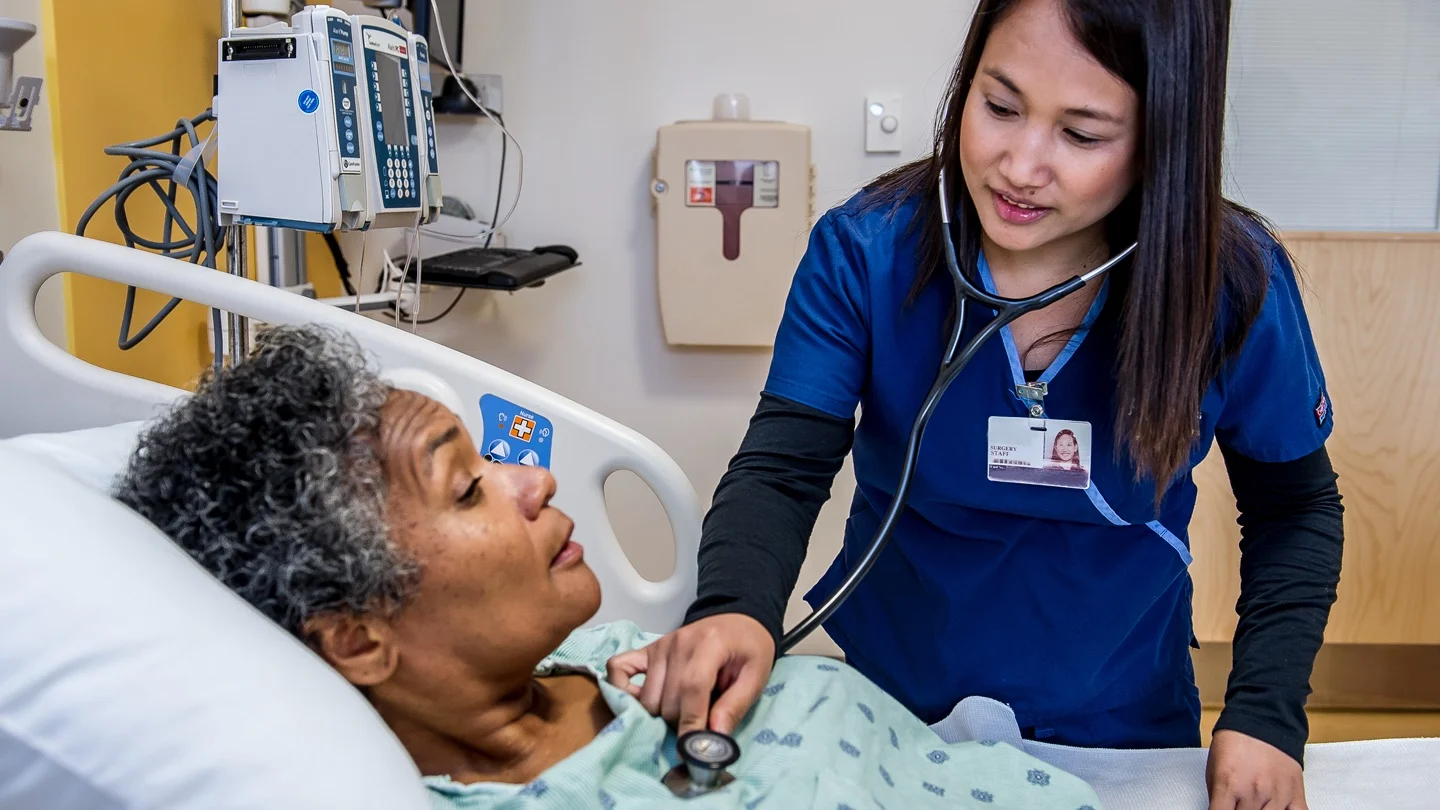Today our topic of discussion is Procedure of Lumbar Puncture.
Procedure of Lumbar Puncture

Procedure (Fig. 28.10)
- Position patient on left side with pillow under head and between legs
- Make the patient to lie on firm surface with spine parallel to edge of bed
- Place the patient in fetal position to that chin touches knee and assist patient to maintain this posture throughout procedure
- Cover the patient with top sheet and expose back
- Wash hands thoroughly
- Provide sterile gloves to doctor
- Open a LP set and assists in preparing site .
- Open 5ml.Ro 2 ml syringe, 20 or 22
- Gneedles and place one by one into sterile tray
- After showing label to doctor, clean top of local anesthetic bottle and assist to withdraw medication
- Specimen is collected in respective container and pressure reading is obtained
- After collecting specimens, needle is withdrawn.
- Assist physician to seal site with tincture swab.

Post-procedure Care
- Instruct patient to lie in supine position for 6-24 hours
- Maintain every half hourly pulse and respiration for 4 to 5 hours till stable
- Encourage liberal fluid intake
- Label specimens and send to lab with investigation slip
- Wash hands Replace the articles after cleaning .
- Record the procedure in the nurse’s record sheet
- Observe for any complication
- Check the puncture site frequently for CSF leak.

Complications
- Injury to the spinal cord and spinal nerves
- Infection introduced into the spinal cavity which may rise to meningitis
- Leakage of CSF through the puncture site and lowering the intracranial pressure and cause post puncture headaches
- Damage to intervertebral discs
- Pain radiating to the things due to tumor of the spinal nerves
- Herniation of the brain structures into the foramen magnum due to sudden reduction in the intracranial pressure (transtentorial herniation)
- Temperature elevation
- Local pain, edema and hematoma at the puncture site
- Sixth cranial nerve palsy caused by removal of large volume of CSF with traction on the sixth nerve.
Read more:
